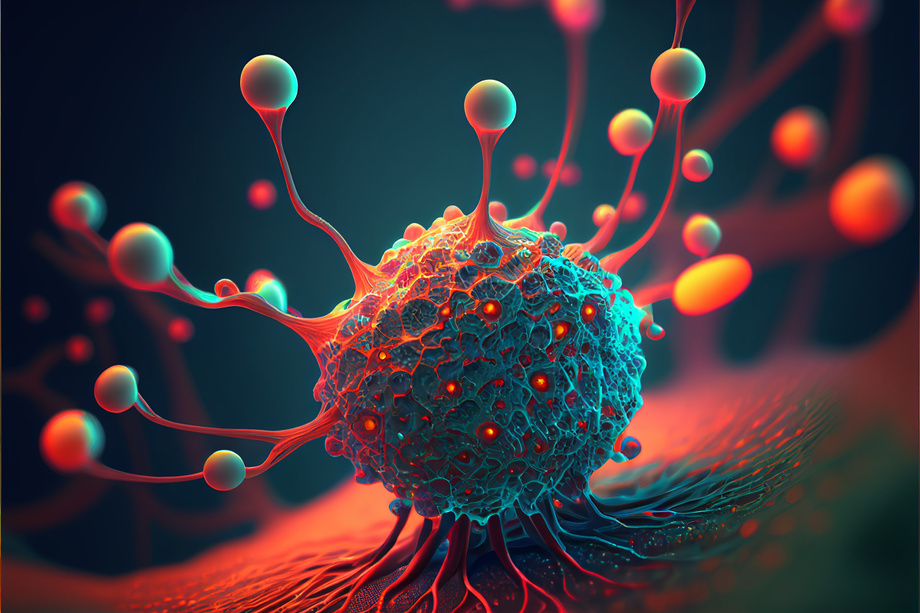Antiproliferative Betti Bases and Prodrugs Thereof
Betti base drugs and prodrugs optimized to enhance their antiproliferative activity through inhibition of MDM2, MDMX, p53, E3 ligase and FTH1.
Betti bases are a family of small organic molecules composed of phenolic or hydroxyarl benzylic amine derivatives. These molecules have established antiproliferative effects on various cancer cell models, believed to originate through interaction with cellular proteins involved in cell signaling for proliferation, such as MDM2, MDMX, p53, E3 ligase, and FTH1. While traditional cancer therapies have a high incidence of drug resistance, Betti base molecules bypass chemotherapy resistance mechanisms. Structure-activity relationship analysis identified key components of these drugs required for therapeutic potential.
Molecules 2022, 27(22), 7665; https://doi.org/10.3390/molecules27227665
This University at Buffalo invention provided a class of cancer therapeutic molecules derived from Bett base core structures. Synthesis of a large group of these molecules and subsequent structure-activity relationship analyses identified ideal functional groups to optimize antiproliferative effects in cancer cell models. Activity assays verified inhibition properties on selected cell proteins involved in anti-proliferation signaling to determine ideal candidates for further work. Prodrug forms of selected molecules were synthesized, as illustrated in the below figure, to protect targeted functional groups and to provide optimal in vivo performance characteristics and cancer selectivity.
 Source: Vadi Fuoco, https://stock.adobe.com/uk/567261456, stock.adobe.com
Source: Vadi Fuoco, https://stock.adobe.com/uk/567261456, stock.adobe.com
- Prevents cell proliferation
- Immune to chemotherapy resistance mechanisms
- Inexpensive to manufacture
- Oncology therapeutics
- Research tool class of molecules for chemical biology studies of cell signaling
- US Provisional Patent Application 63/377,506 filed September 28, 2022
- US Provisional Patent Application 63/479,789 filed January 13, 2023
Laboratory demonstration through in vitro studies and analytical chemical analysis.
Available for licensing or collaboration.
Patent Information:
| App Type |
Country |
Serial No. |
Patent No. |
Patent Status |
File Date |
Issued Date |
Expire Date |
|